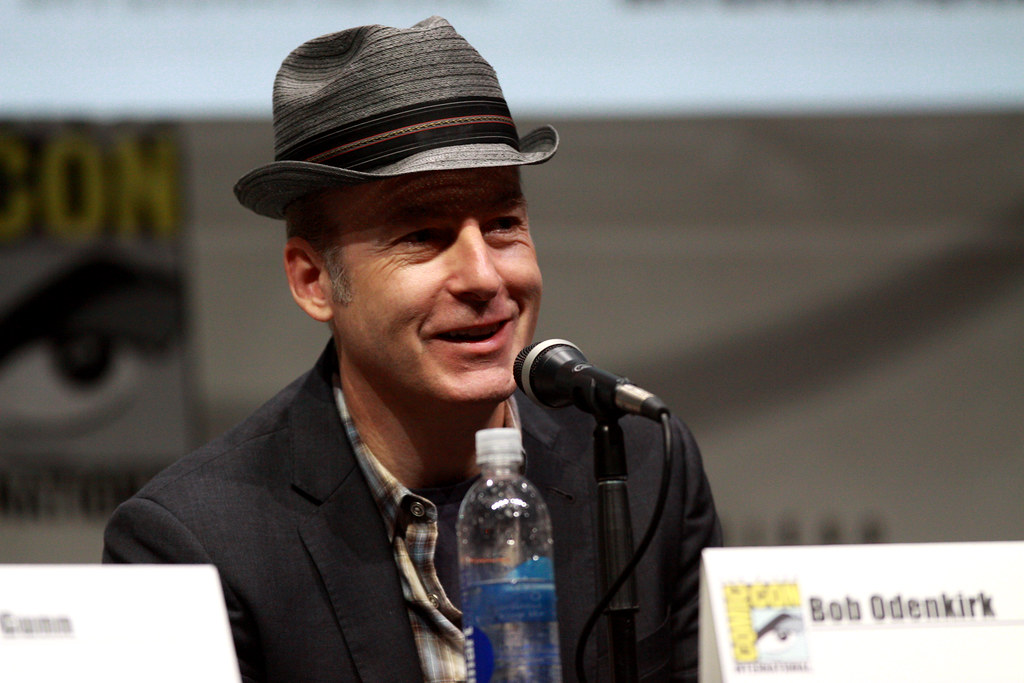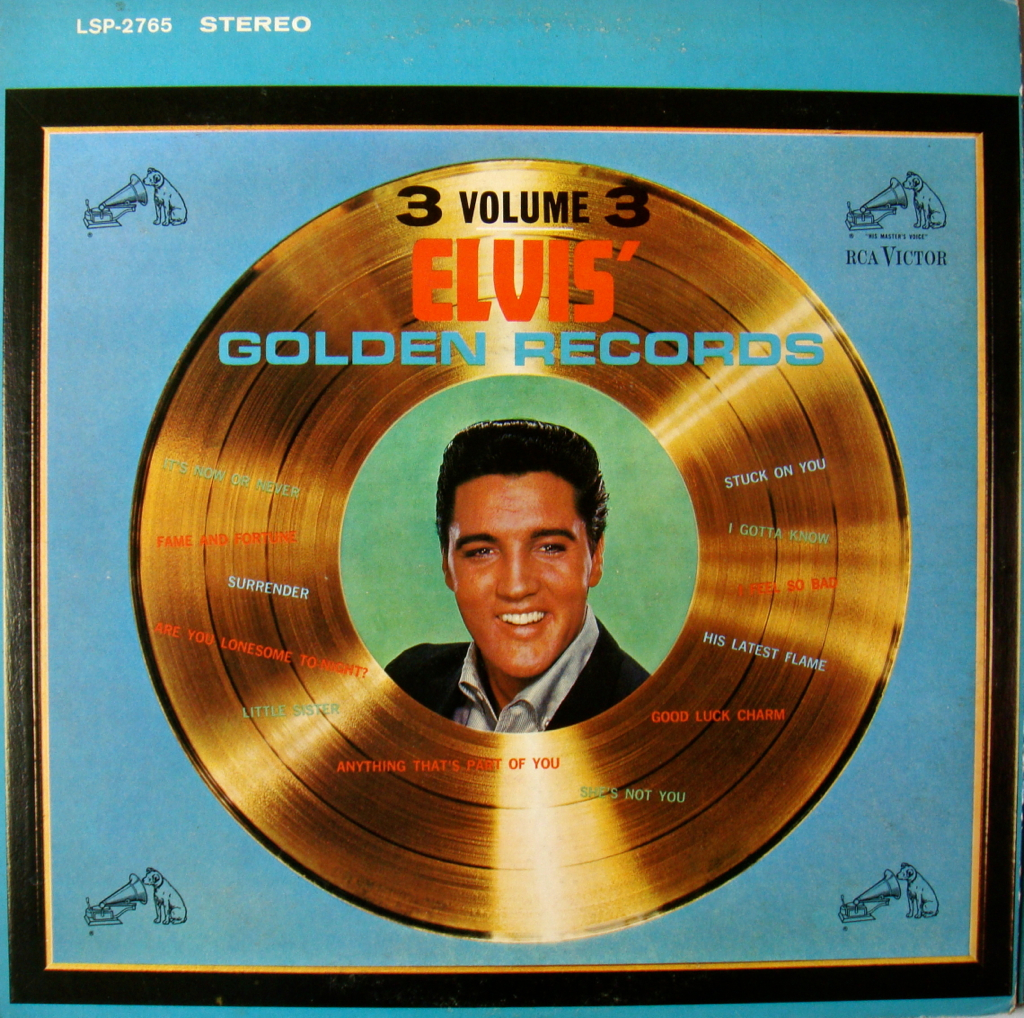
Elvis Presley. The name conjures images of electrifying performances, a rebellious spirit, and a cultural phenomenon that reshaped music and society. Long after his passing, the King of Rock and Roll continues to fascinate millions, prompting enduring curiosity not just about his revolutionary career, but also about the personal journey that shaped him, and ultimately, the family he would later establish.
While the world eagerly watched his unprecedented rise, the path Elvis walked was fraught with challenges, fueled by undeniable talent, and marked by pivotal moments. Understanding the man before he became a husband and father offers invaluable insight into the enduring legend, revealing the very foundations upon which his extraordinary life was built.
In this deep dive, we journey back to the formative years of Elvis Presley. We’ll explore the critical steps that defined his artistry, ignited his star, and laid the groundwork for future personal chapters. From his humble beginnings in Tupelo to the thrilling moment he signed with RCA Victor, this monumental period saw the birth of a true American icon.
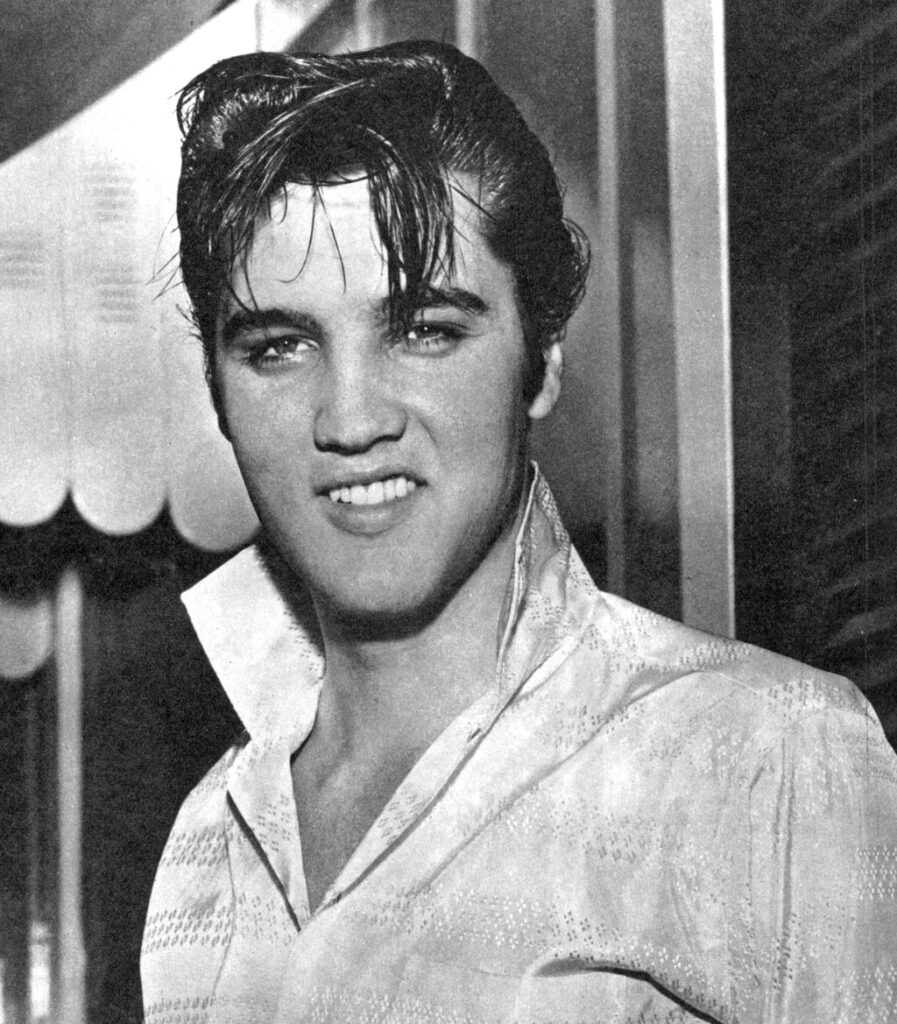
1. Childhood Roots: From Tupelo’s Poverty to Memphis’s Promise
Elvis Aaron Presley’s life began in hardship on January 8, 1935, in Tupelo, Mississippi, where his twin, Jesse Garon, was stillborn minutes before. He forged an incredibly close bond with his parents, Gladys Love and Vernon Presley. The family faced constant financial struggles, relying on odd jobs, neighbors, and government assistance. Their stability was further shaken in 1938 when Vernon served eight months in jail for altering a check, forcing them to lose their home.
Despite these challenges, music offered a path. The Assembly of God church provided his first musical inspiration. At just 10, he made his public debut singing “Old Shep” at the Mississippi–Alabama Fair and Dairy Show, placing fifth. Soon after, he received his first guitar, learning chords from uncles and a pastor. Despite his talent, Elvis admitted, “I was very shy about it.” At school, he was often mocked as a “trashy” kid who played “hillbilly music,” experiencing early prejudice.
A transformative move to Memphis, Tennessee, in November 1948, opened new doors. Attending L. C. Humes High School, he famously received a C in music, his teacher doubting his singing ability. Elvis challenged this by performing “Keep Them Cold Icy Fingers Off Me.” During his junior year, he cultivated his distinctive look: growing sideburns and styling his hair, inspired by flashy clothes on Beale Street. By his senior year, he embraced these styles, performing in Humes’ Annual “Minstrel” Show, a moment that, he recalled, “was amazing how popular I became in school after that.”
Unable to read music, Elvis played by ear, absorbing influences. He haunted record stores, listening to Hank Snow and other country stars, while Southern gospel singer Jake Hess profoundly shaped his ballad style. Crucially, he listened to regional radio stations like WDIA, which played “race records”—spirituals, blues, and rhythm and blues. This exposure to African-American musicians such as Arthur Crudup and Rufus Thomas formed the bedrock of his revolutionary sound. By his high school graduation in June 1953, Elvis’s destiny was clear: music was his future.
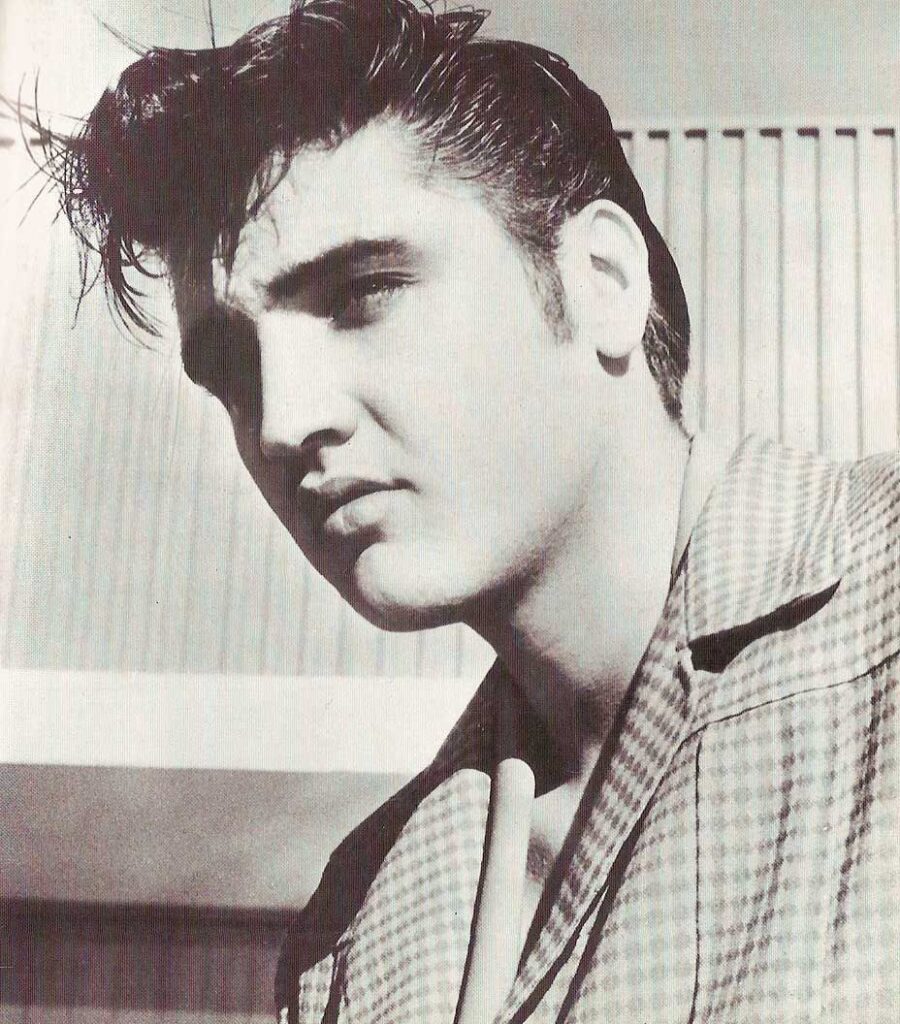
2. The Genesis of a Sound: Sam Phillips and Sun Records
The summer of 1953 marked a critical juncture in Elvis Presley’s musical journey when he walked into Memphis Recording Service, Sam Phillips’ nascent Sun Records. His goal was to record a two-sided acetate disc, including “My Happiness.” While he claimed it was a gift for his mother or curiosity about his voice, biographer Peter Guralnick suggests a deeper ambition: the hope of being discovered. Even after a second acetate recording in January 1954 and failed auditions, Elvis’s determination remained steadfast. Phillips, a visionary producer, famously searched for someone who could bridge the raw emotion of black blues artists to a broader audience, needing “a white man who had the Negro sound and the Negro feel.”
In June, Phillips brought Elvis back to the studio. Although a ballad titled “Without You” wasn’t a perfect fit, Phillips recognized something unique. He invited guitarist Winfield “Scotty” Moore and upright bass player Bill Black to collaborate. The evening of July 5, 1954, started slowly, with the session nearing abandonment. Then, spontaneously, Elvis launched into a playful, re-imagined version of Arthur Crudup’s blues number, “That’s All Right.” Scotty Moore recalled: “All of a sudden, Elvis just started singing this song, jumping around and acting the fool, and then Bill picked up his bass, and he started acting the fool, too, and I started playing with them.” This raw, uninhibited performance was the exact sound Phillips had been searching for, and he immediately began taping.
The recording’s impact was swift. Three days later, Memphis disc jockey Dewey Phillips debuted “That’s All Right” on his “Red, Hot, and Blue” show, playing it repeatedly due to overwhelming listener demand. Many callers assumed Elvis was black, prompting Phillips to clarify his race on-air. Building on this excitement, the trio quickly recorded a distinctive version of Bill Monroe’s bluegrass song, “Blue Moon of Kentucky,” utilizing Phillips’ innovative “slapback” echo. A single was pressed, launching Elvis Presley into the regional spotlight and marking the true genesis of his legendary sound.
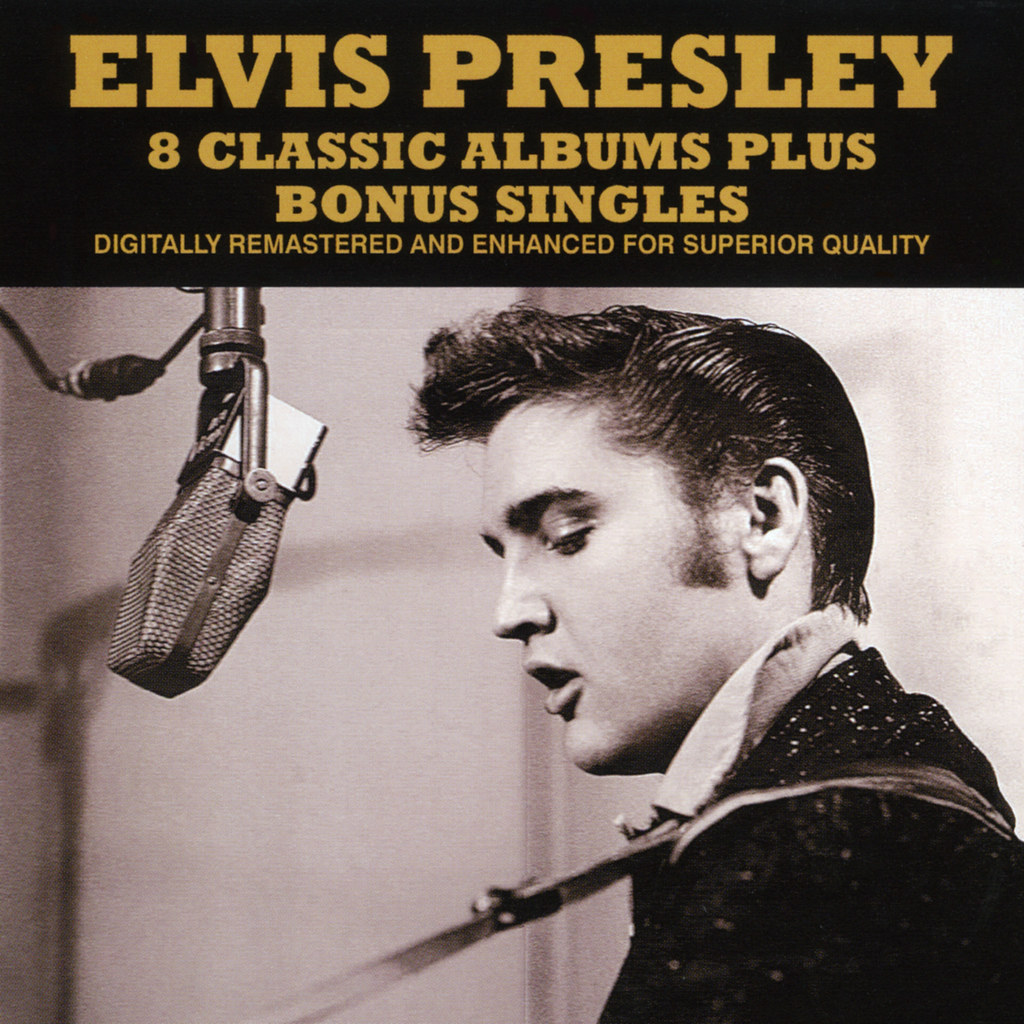
3. Igniting the Stage: Early Performances and “Rubber Legs”
With their debut single gaining traction, Elvis, Scotty Moore, and Bill Black began their public journey at the Bon Air club and later at the Overton Park Shell in July 1954. It was during these shows that Elvis pioneered his signature “Rubber legs” movement. A blend of his natural rhythm and initial nervousness caused his legs to shake, amplified by his wide-cut pants, sending young women into screams. Moore remembered, “During the instrumental parts, he would back off from the mic and be playing and shaking, and the crowd would just go wild.”
The enthusiastic audience response led Moore and Black to join Presley permanently, and disc jockey Bob Neal became the trio’s manager. They frequently played at the Eagle’s Nest club in Memphis, where Elvis’s draw was so powerful that teenagers would flood the club for his sets. These constant live engagements were vital for Elvis’s growth as a performer, helping him shed his shyness and develop confidence. As Moore observed, “His movement was a natural thing, but he was also very conscious of what got a reaction.”
However, his revolutionary style wasn’t universally embraced. Elvis made his only appearance on Nashville’s prestigious Grand Ole Opry on October 2, but manager Jim Denny felt he “did not suit the program.” This rejection, though a temporary setback, was significant, reinforcing that Elvis’s raw, boundary-pushing sound transcended traditional genre confines. It propelled him towards more adventurous avenues, hinting at the larger cultural shifts he was about to unleash.
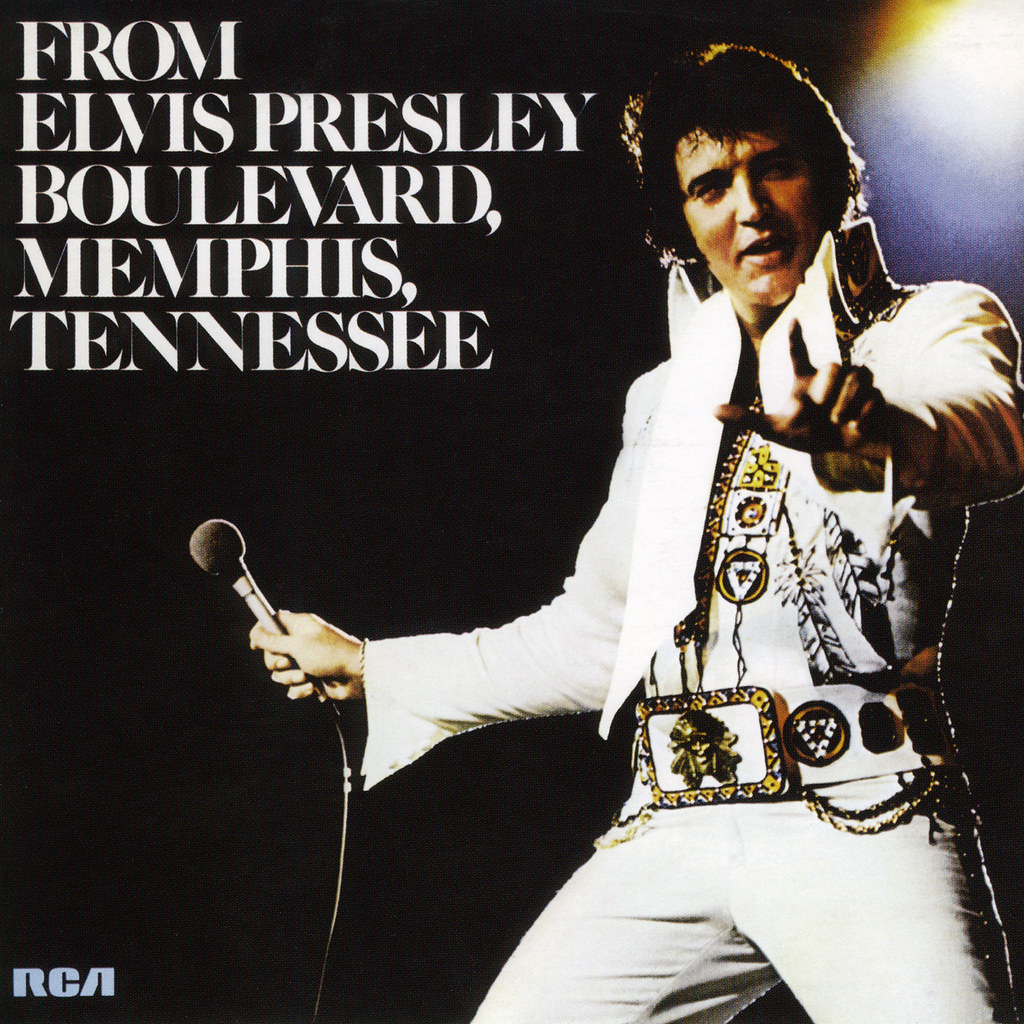
4. The Louisiana Hayride Phenomenon: Expanding His Reach
The Grand Ole Opry’s rejection proved a blessing in disguise, leading Elvis to the more progressive stage of the Louisiana Hayride in November 1954. This show, the Opry’s chief rival, was broadcast on an impressive 198 radio stations across 28 states, vastly expanding his audience. His first Hayride set, marked by nervousness, received a muted reaction, but a subsequent, more energetic performance ignited an enthusiastic response.
The success led to a year-long engagement on the Hayride, providing invaluable, consistent national exposure for Elvis to refine his craft. Investing in his burgeoning career, he acquired a new Martin guitar for $175 (equivalent to $2,000 today), and his trio toured new cities like Houston and Texarkana. This period also saw his first television appearance on the KSLA-TV broadcast of Louisiana Hayride, a critical step in bringing his dynamic stage presence to the visual medium.
Despite these advances, the path wasn’t entirely smooth; he later failed an audition for Arthur Godfrey’s Talent Scouts on CBS. Nevertheless, by early 1955, the combined force of his regular Hayride appearances, relentless touring, and successful record releases had firmly established him as a regional star, transforming the shy boy from Tupelo into a compelling performer poised on the brink of national celebrity.
Read more about: The King’s Highway: Charting Elvis Presley’s Revolutionary Ride Through Music History
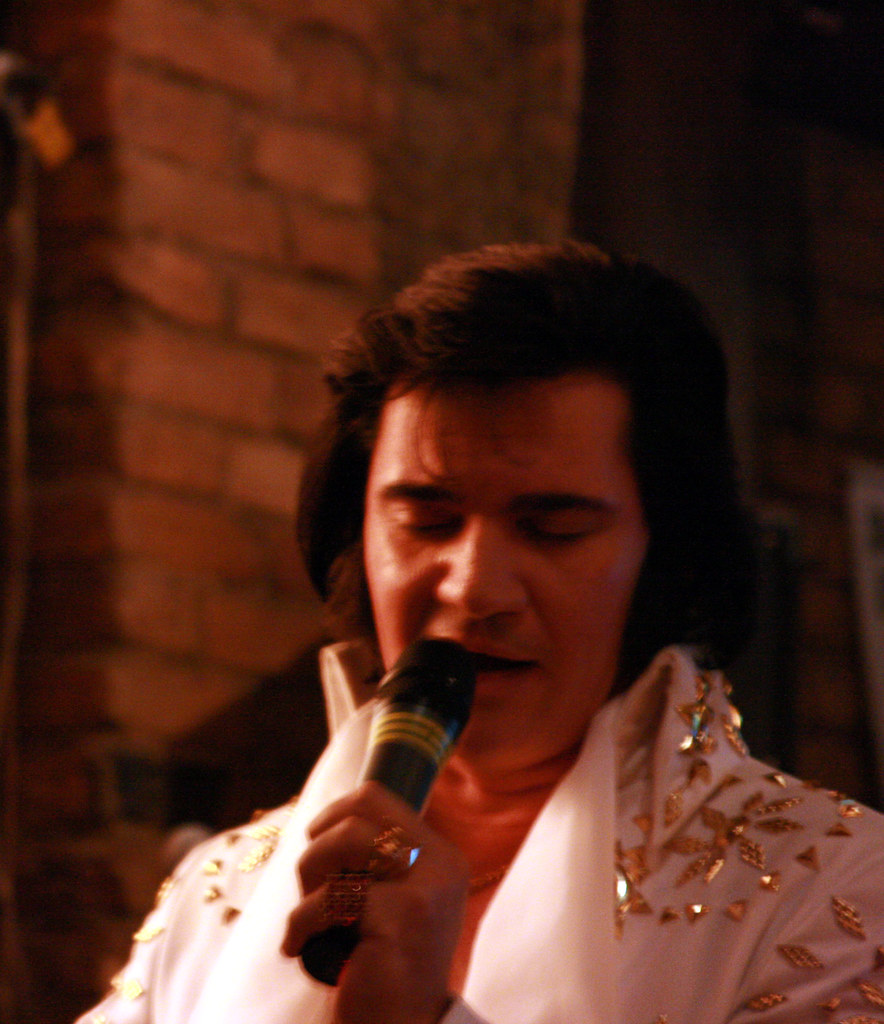
5. Colonel Parker’s Vision and the RCA Victor Breakthrough
As Elvis’s regional star ascended, his path intersected with Colonel Tom Parker, a promotional genius whom manager Bob Neal called the “best promoter in the music business.” In January 1955, Parker quickly recognized Elvis’s unique appeal, booking him on Hank Snow’s February tour. This strategic move placed Elvis before larger, established audiences, rapidly expanding his visibility.
By August, Sun Records had released ten “Elvis Presley, Scotty and Bill” sides, now with a drummer. These recordings showcased Elvis’s distinctive blend of “R&B idiom of negro field jazz” and “country field” elements. This “rockabilly” sound initially faced airplay challenges, with country stations finding him “too much like a black artist” and R&B stations deeming him “too much like a hillbilly.” Despite these barriers, this fusion made his music revolutionary and irresistible.
The Colonel’s influence solidified in August 1955 when Elvis appointed Parker as his special adviser. The group’s touring schedule became intense, provoking increasingly fevered reactions. Neal recalled needing “a police guard because somebody’d always try to take a crack at him.” This period culminated in a historic deal: after being voted the year’s most promising male artist, Parker and Phillips struck an unprecedented agreement with RCA Victor on November 21. RCA acquired Presley’s Sun contract for an astonishing $40,000, with his father Vernon signing as Elvis was a minor. Parker further ensured Elvis’s financial future by establishing Elvis Presley Music and Gladys Music. By December, RCA’s aggressive promotion was well underway.
Read more about: The King’s Highway: Charting Elvis Presley’s Revolutionary Ride Through Music History
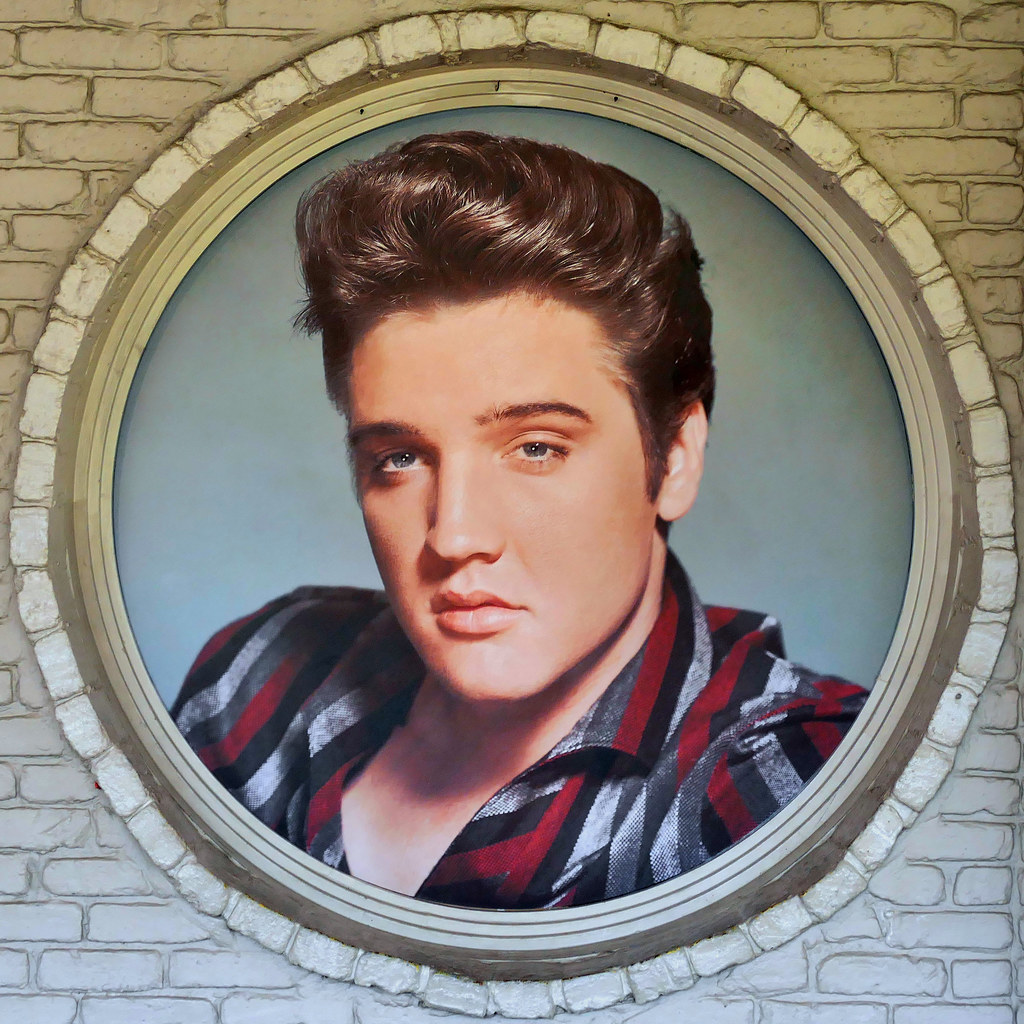
6. From “Heartbreak Hotel” to Chart Dominance: The National Launch
The year 1956 roared to life with Elvis Presley’s first recordings for RCA Victor in Nashville on January 10. These sessions united his customary backup musicians—Moore, Black, Fontana—with new talents like pianist Floyd Cramer, guitarist Chet Atkins, and background singers from the Jordanaires. This expanded lineup crafted a richer, more polished sound, and from this momentous collaboration emerged “Heartbreak Hotel,” released as a single on January 27, marking his true national debut and an immediate sensation. Colonel Parker wasted no time, booking him for six appearances over two months on CBS’s *Stage Show*.
Following his first TV performance, Elvis recorded in New York, yielding eight new songs, including a potent cover of Carl Perkins’ “Blue Suede Shoes.” The impact was undeniable: in February, his reissued Sun recording, “I Forgot to Remember to Forget,” soared to the top of the Billboard country chart. Parker formally became Elvis’s sole manager, consolidating his control and preparing for an even greater ascent. The pinnacle of this explosive period was the release of Elvis’s self-titled debut album on March 23, a landmark record blending five previously unreleased Sun tracks with seven new recordings, featuring country, pop, and R&B covers.
Critic Robert Hilburn lauded his “Blue Suede Shoes” as an improvement over the original and noted how Presley “reshaped” R&B numbers, injecting his unique vocal character and making the guitar the lead instrument. This innovative approach defied expectations, and the album instantly topped the Billboard chart for ten astonishing weeks, becoming the first rock and roll album to achieve such a feat. Cultural historian Gilbert B. Rodman emphasized the album’s iconic cover, highlighting its role in positioning the guitar as the instrument that “best captured the style and spirit of this new music.” This powerful image, coupled with his revolutionary sound, unequivocally cemented Elvis Presley’s status as a national sensation.
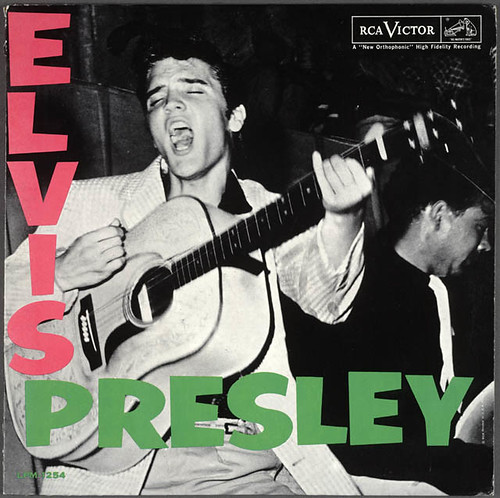
7. Early Controversies and the ‘Pelvis’ Era
As Elvis’s star blazed brighter, his electrifying performances began to stir more than just excitement; they ignited a firestorm of controversy. His first appearances on NBC’s *The Milton Berle Show* in April 1956 drew immense attention, particularly his second showing on June 5. On this occasion, Berle famously persuaded Elvis to perform without his guitar, a seemingly minor change that would amplify his raw stage presence.
What followed was a performance that shocked and captivated a nation. Elvis launched into a slow, grinding rendition of ‘Hound Dog,’ accentuating it with exaggerated body movements that became instantly infamous. The gyrations sparked a torrent of criticism, with *The New York Times* declaring he had ‘no discernible singing ability’ and that his movements were ‘primarily identified with the repertoire of the blond bombshells of the burlesque runway.’ *The New York Daily News* went further, calling his act ‘suggestive and vulgar, tinged with the kind of animalism that should be confined to dives and bordellos.’
Even Ed Sullivan, whose variety show was the nation’s most popular, initially deemed Presley ‘unfit for family viewing.’ This period saw Elvis unwillingly dubbed ‘Elvis the Pelvis,’ a moniker he found ‘childish’ and deeply disliked. Despite the outrage from critics and moral watchdogs, the public’s fascination only grew. The demand for his music and appearances skyrocketed, proving that controversy, for Elvis, was simply another rung on his ladder to unprecedented fame. The more they talked, the more the crowds wanted to see him.
Read more about: Cracking the Code: 15 Intriguing Revelations from Elvis Presley’s Journey to Stardom and Final Act
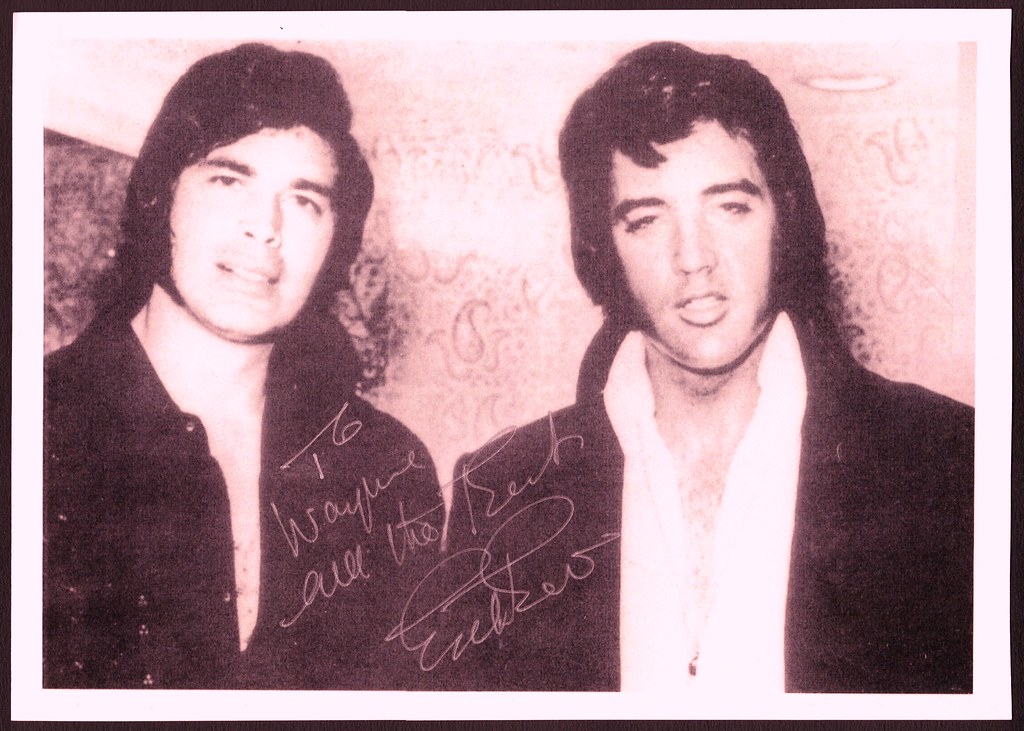
8. Taming the Act and Becoming a Household Name
The intense scrutiny following his *Milton Berle Show* appearance led to attempts to temper Elvis’s rebellious image. On July 1, 1956, he appeared on NBC’s *The Steve Allen Show*, where Allen, no fan of rock and roll, famously introduced a ‘new Elvis’ dressed in a white bowtie and black tails. For less than a minute, Elvis sang ‘Hound Dog’ to a basset hound wearing a top hat and bowtie, an act he would later recall as the ‘most ridiculous performance of his career.’ He confessed to a reporter before the show, ‘I don’t want to do anything to make people dislike me. I think TV is important so I’m going to go along, but I won’t be able to give the kind of show I do in a personal appearance.’
Despite these attempts at sanitization, Elvis’s appeal was undeniable. Allen’s show, with Presley, actually beat *The Ed Sullivan Show* in the ratings for the first time, signaling a new cultural force. This success prompted Sullivan to book Elvis for an unprecedented three appearances, securing him for a staggering $50,000. The first of these, on September 9, 1956, was a historic event, drawing an estimated 60 million viewers—a remarkable 82.6 percent of the television audience at the time.
Contrary to popular legend, Elvis was shown head-to-toe during this debut, though camerawork was discreet, using closeups to conceal his legs when he danced. The studio audience’s screams were deafening, and his performance of the ballad ‘Love Me Tender’ generated a record-shattering million advance orders for the single. This seminal appearance on *The Ed Sullivan Show* truly catapulted Elvis Presley from a regional phenomenon to a national celebrity, firmly embedding him in the American cultural landscape and helping to usher in a new youth-driven era.
Read more about: Ethel Kennedy: A Legacy of Resilience, Service, and Unwavering Faith

9. Film Debut and Unprecedented Chart Domination
With his television triumphs, Elvis’s career took another pivotal turn into the world of cinema. His debut motion picture, *Love Me Tender*, released on November 21, 1956, originally titled *The Reno Brothers*, was strategically renamed to capitalize on his latest number-one record, which had already soared to the top of the charts. Though initially cast in a straight acting role, four musical numbers were added to fully leverage his immense popularity, ensuring fans would get to see their idol sing on the big screen.
While critics may not have been kind to the film, its box office success was undeniable. This established a precedent: Elvis would receive top billing on every subsequent film he made, a testament to his burgeoning star power. The year wasn’t just about film; it was a testament to his sheer dominance in the music industry. On December 4, 1956, a legendary, impromptu jam session occurred at Sun Records, featuring Elvis, Carl Perkins, Jerry Lee Lewis, and Johnny Cash. Though not officially released for 25 years, these ‘Million Dollar Quartet’ recordings became iconic, offering a glimpse into a moment of pure musical magic.
The year concluded with headlines proclaiming Elvis’s monumental impact. *The Wall Street Journal* reported that Presley merchandise alone had raked in an astounding $22 million, in addition to his record sales. *Billboard* magazine declared he had placed more songs in the top 100 than any other artist since charts began. In his first full year with RCA Victor, the largest record company at the time, Elvis Presley was responsible for over fifty percent of the label’s singles sales, a truly unprecedented feat that solidified his status as a cultural and commercial titan.
Read more about: Beyond the Headlines: Britney Spears’ Memoir Unveils Decades of Hidden Pacts and Profound Revelations
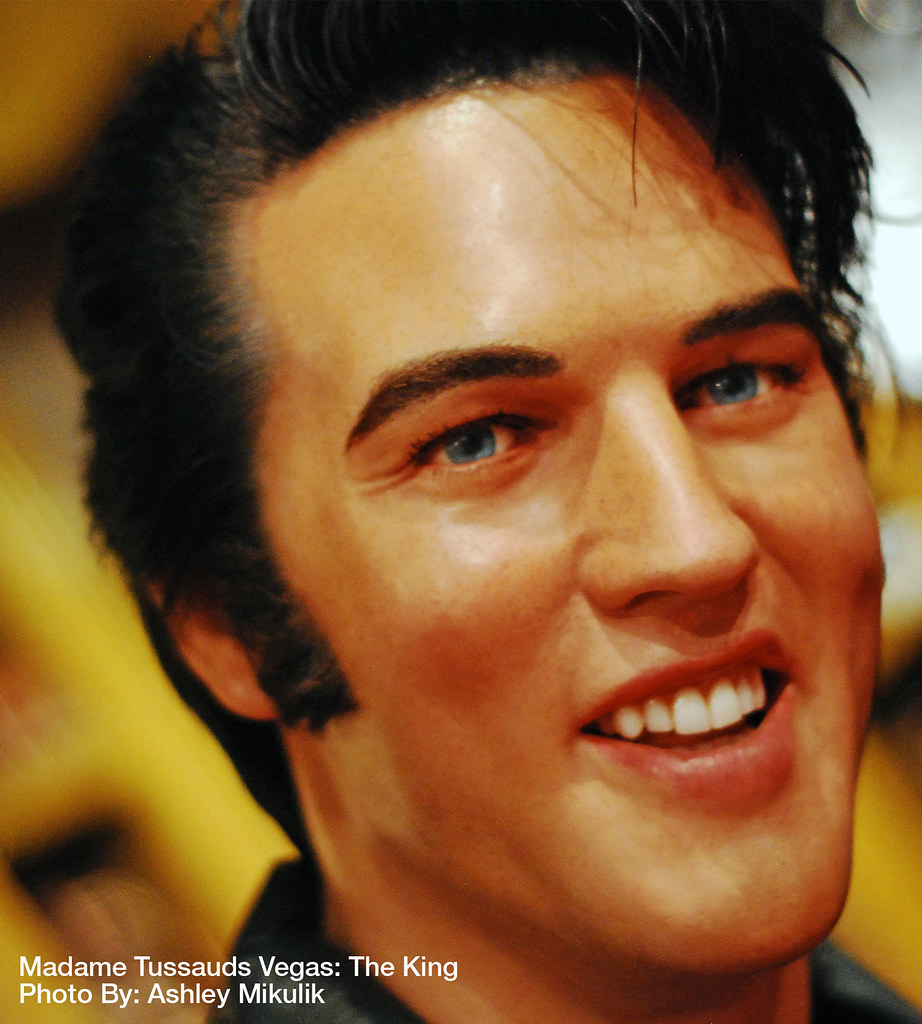
10. Draft Notice and the Leiber & Stoller Era
Elvis’s third and final appearance on *The Ed Sullivan Show* on January 6, 1957, became another memorable moment. This time, he was indeed shot only from the waist up, a decision many commentators believe Colonel Parker orchestrated for maximum publicity. Ditching the bland attire, Elvis appeared in an ‘outlandish costume of a pasha, if not a harem girl,’ as described by critic Greil Marcus, showcasing a theatricality that was both daring and utterly captivating. He defied Sullivan’s wishes by closing with a gentle black spiritual, ‘Peace in the Valley,’ demonstrating his artistic range and garnering Sullivan’s public declaration that Elvis was ‘a real decent, fine boy.’
Just two days later, the Memphis draft board announced Elvis would be classified 1-A, making his military service highly probable that year. Despite this looming interruption, his musical output continued unabated, with three singles released in the first half of 1957—’Too Much,’ ‘All Shook Up,’ and ‘(Let Me Be Your) Teddy Bear’—all soaring to number one. His fame had even transcended official releases, with ‘pressings of his music on discarded X-ray plates’ reportedly fetching high prices in Leningrad. This was also the year he purchased his iconic 18-room mansion, Graceland, on March 19, 1957, a symbol of his incredible success.
The year also marked a significant collaboration with songwriters Jerry Leiber and Mike Stoller, who had penned ‘Hound Dog.’ They wrote four of the six songs for the sessions of his next film, *Jailhouse Rock*, effectively producing the recordings and becoming what Elvis affectionately called his ‘good-luck charm.’ Leiber noted Elvis’s incredible speed, saying, ‘Any demo you gave him he knew by heart in ten minutes.’ The title track became another number-one hit, and the *Jailhouse Rock* EP mirrored its success.
Despite being pelted with eggs by Villanova students and causing a riot in Vancouver, Elvis continued to tour, solidifying his reign even as his draft date approached. Even legendary crooner Frank Sinatra, who had once decried rock and roll as ‘brutal, ugly, degenerate, vicious,’ received a respectful, yet firm, response from Elvis, who acknowledged Sinatra’s right to his opinion but affirmed rock and roll as a new trend.
Read more about: The King’s Highway: Charting Elvis Presley’s Revolutionary Ride Through Music History

11. Military Service, Personal Tragedy, and a Fateful Meeting
The inevitable arrived on March 24, 1958, when Elvis Presley was drafted into the United States Army at Fort Chaffee, Arkansas. His induction was a massive media spectacle, with photographers capturing his every move. Elvis, however, embraced the moment, stating he looked forward to serving and desired no special treatment, choosing to be a regular soldier rather than joining Special Services, a decision his manager, Colonel Parker, believed would earn him greater respect.
Between basic and advanced training at Fort Hood, Texas, from March 28 to September 17, 1958, Elvis managed to record five songs in Nashville during a brief leave. However, personal tragedy struck in early August when his mother, Gladys, was diagnosed with hepatitis. Her condition rapidly deteriorated, and despite Elvis being granted emergency leave to be by her side, she tragically died of heart failure on August 14 at the age of 46. This devastating loss left Elvis heartbroken; their bond had been exceptionally close, with Elvis and Gladys using ‘baby talk with each other’ and pet names even into his adulthood. He was never the same after her passing.
On October 1, 1958, Elvis was assigned to the 3d Armored Division at Ray Barracks, West Germany, where he served as an armor intelligence specialist. During his time overseas, he was introduced to amphetamines, becoming ‘practically evangelical about their benefits’ for energy, ‘strength,’ and weight loss, and also developed a lifelong interest in karate. Fellow soldiers attested to his desire to be a normal, capable soldier, noting his generosity, including donating his Army pay to charity and buying television sets for the base.
It was while stationed in Bad Nauheim that 24-year-old Elvis met 14-year-old Priscilla Beaulieu, a meeting that would profoundly alter his personal life, though their marriage would come years later after a lengthy courtship. Despite his concerns that military service would harm his career, RCA Victor, with a steady stream of unreleased material, ensured his presence on the charts, yielding ten top-40 hits and four albums during his two-year absence.
Read more about: The King’s Highway: Charting Elvis Presley’s Revolutionary Ride Through Music History
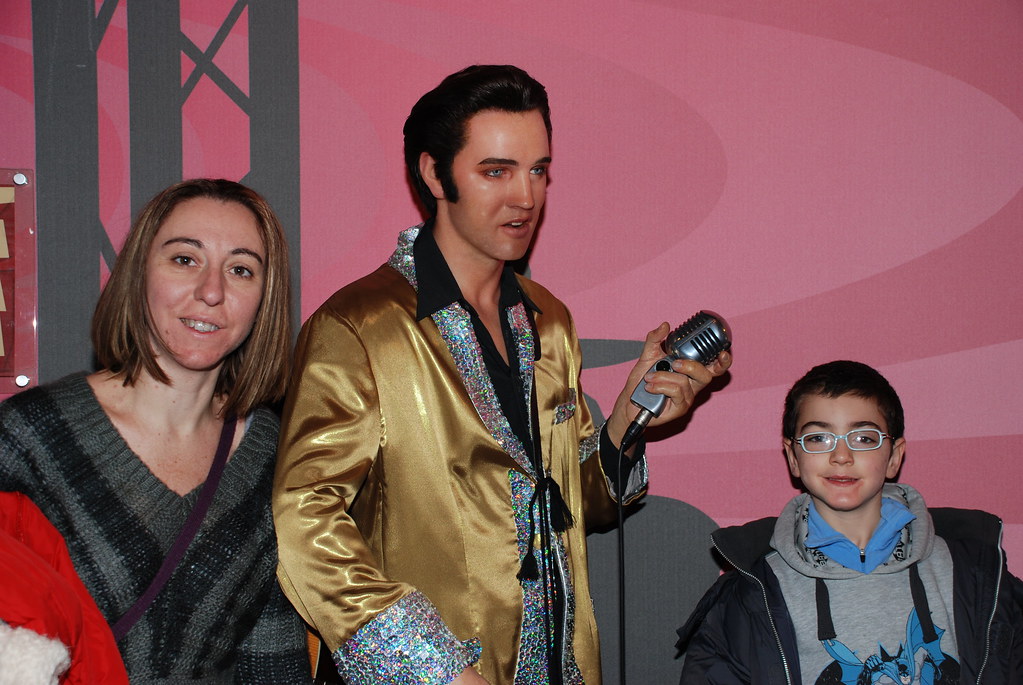
12. The King’s Triumphant Return and a New Musical Chapter
Elvis Presley’s eagerly anticipated return to the United States occurred on March 2, 1960, and he was honorably discharged three days later. His train journey from New Jersey to Tennessee became a celebratory procession, mobbed at every stop by adoring fans eager to catch a glimpse of their King. His re-entry into civilian life was swift and decisive, marking a pivotal moment in his career.
On the night of March 20, Elvis wasted no time returning to RCA’s Nashville studio, laying down tracks for a new album and the single ‘Stuck on You.’ This song was rushed to release and, predictably, swiftly ascended to number one. Another Nashville session just two weeks later produced more chart-topping ballads like ‘It’s Now or Never’ and ‘Are You Lonesome Tonight?’ alongside the remainder of his highly anticipated comeback album, *Elvis Is Back!* This album, released days after its completion, was a critical and commercial success, reaching number two on the album chart. Music historian John Robertson praised it, saying it ‘conjured up the vision of a performer who could be all things: a flirtatious teenage idol with a heart of gold; a tempestuous, dangerous lover; a gutbucket blues singer; a sophisticated nightclub entertainer; [a] raucous rocker.’
His return also saw him make a highly anticipated television reappearance on May 12, as a guest on *The Frank Sinatra Timex Special*, also known as *Welcome Home Elvis*. Colonel Parker secured an astonishing ‘$125,000 for eight minutes of singing,’ a testament to Elvis’s unparalleled star power, and the broadcast drew an enormous viewership. The soundtrack to his first post-military film, *G.I. Blues*, was a number-one album in October, followed by his first LP of sacred material, *His Hand in Mine*, which reached number 13 on the US pop chart and number 3 in the UK, remarkable figures for a gospel album. By February 1961, RCA Victor presented him with a plaque certifying worldwide sales of over 75 million records during a benefit concert in Memphis, cementing his legacy as an enduring global icon as he continued to shape the landscape of popular music.
Read more about: The King’s Highway: Charting Elvis Presley’s Revolutionary Ride Through Music History
The narrative of Elvis Presley’s early life and explosive rise to stardom, culminating in his triumphant return from military service, paints a vivid picture of an artist who defied categorization and reshaped popular culture. From the poverty-stricken streets of Tupelo to the glittering heights of international fame, his journey was a relentless pursuit of artistic expression, punctuated by personal triumphs and profound challenges. As we’ve journeyed through these pivotal years, we’ve seen how Elvis wasn’t just a performer; he was a phenomenon, a rebellious spirit who, through sheer talent and unwavering charisma, forever cemented his title as the King of Rock and Roll. His story, deeply human and endlessly captivating, continues to resonate, reminding us of the enduring power of a legend whose influence stretches far beyond the records he sold or the movies he made.



